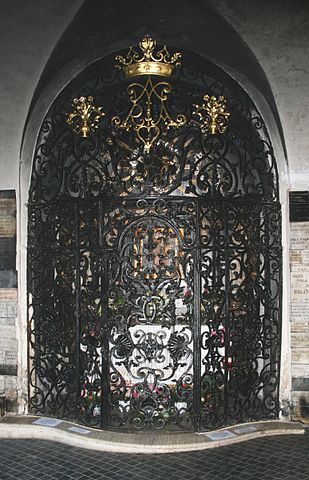Do you know why the City of Zagreb Day is celebrated on 31 May?
Happy City of Zagreb Day! Did you know the date marks a miraculous event that happened in 1731? Legend has it that a great fire theat conusmed Gradec and Kaptol also destroyed most of the Stone Gate, except for the painting of Virgin and Child that pulled through without a scratch. It was found in the ashes after the fire was put out; the wooden frame was burnt, but the flames didn't touch the Virgin Mary's image.
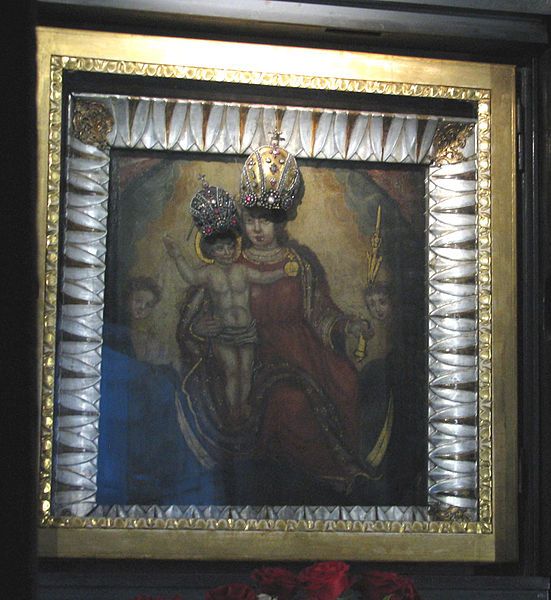
(The painting of Virgin and Child, made by unknown artist in the 17th century)
From the moment the painting was found, the citizens of Gradec – followed by Zagreb residents later in history – started to worship the icon. An altar was built inside the renovated Stone Gate, and it's a known habit for religious passengers to stop and pray or light a candle in front of the painting. The place has a special kind of atmosphere, quiet and peaceful, and the couple of seconds needed to walk through the passage seem like walking into another dimension, far different from the otherwise crowded and noisy centre.
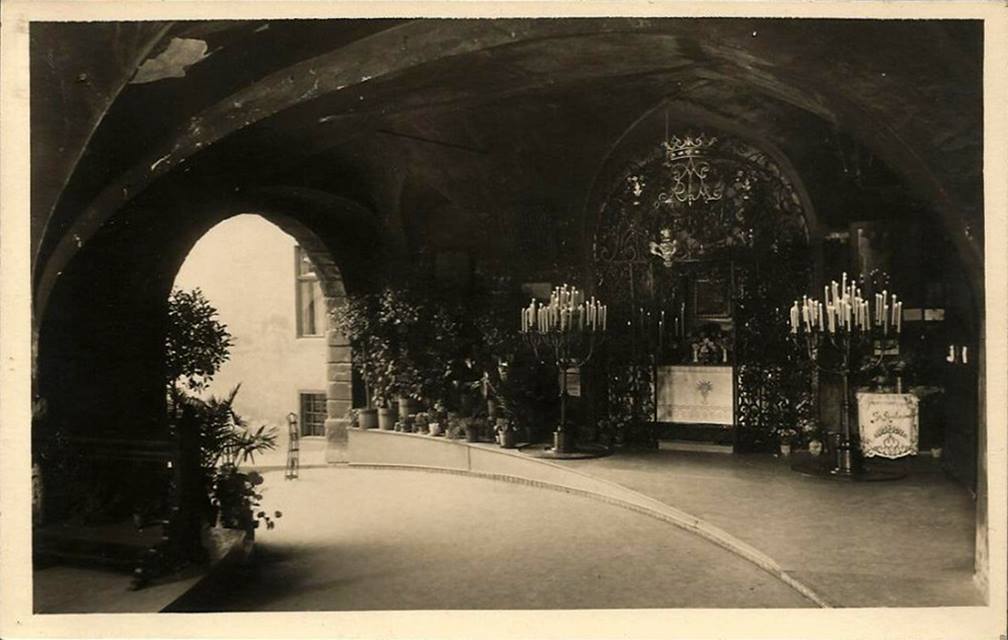
(The Stone Gate in the 1940s)
In 1778, Ivan Korta crafted the gorgeous iron fence that still protects the painting today. To mark the 200th anniversary of the fire, on 31 May 1931 the image of Virgin Mary was embellished with a golden crown, and Our Lady of the Stone Gate was later pronounced the patron saint of the city by the Archbishop Franjo Kuharić.
Here's another interesting fact about the City of Zagreb Day: up until 1993, it used to be celebrated on 10 May, marking the occasion when partisans entered the city. From 1993 to 2000, the City of Zagreb Day was moved to 16 November, the date when the king Bela IV pronounced Zagreb a royal free city in 1242.
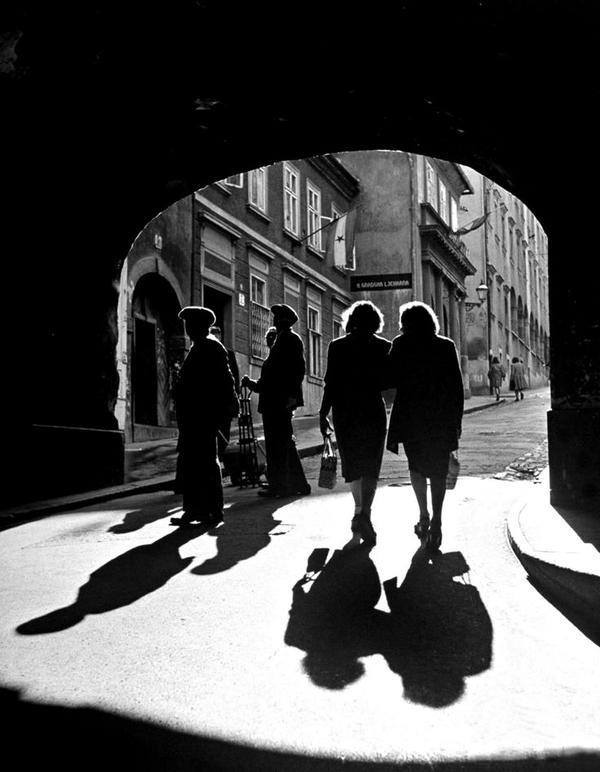
(1948)
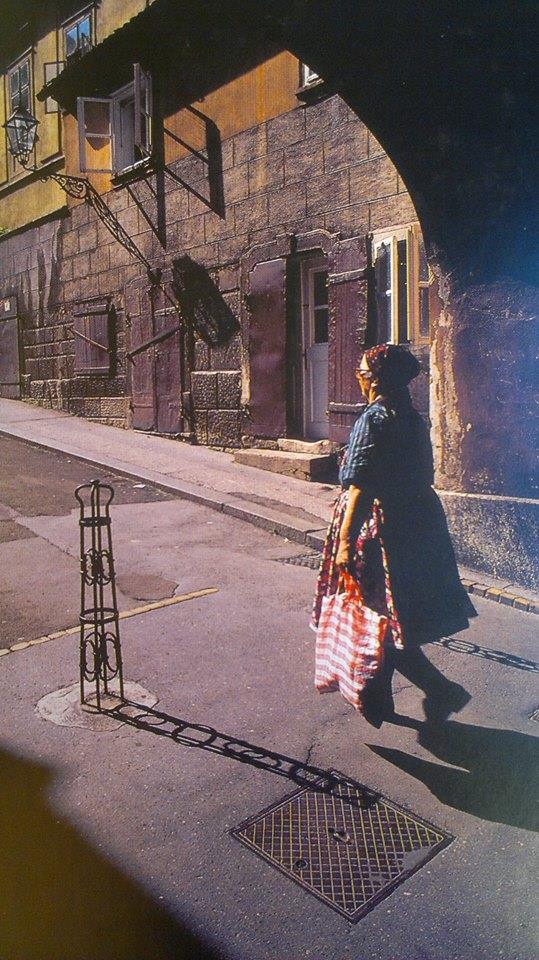
(1933)
Image sources: Wikipedia, Zagreb - kakav je bio nekada

